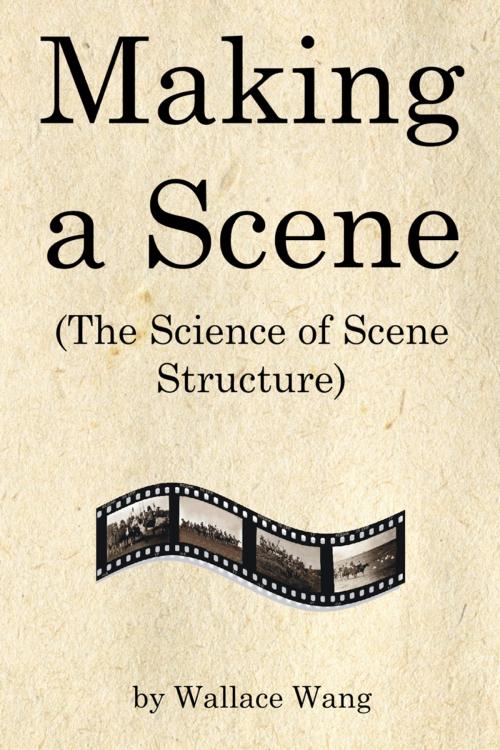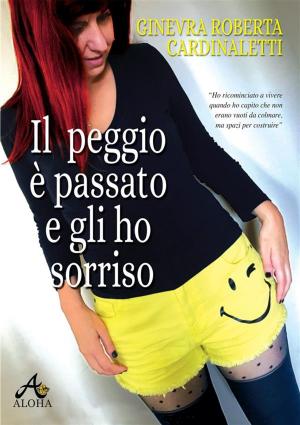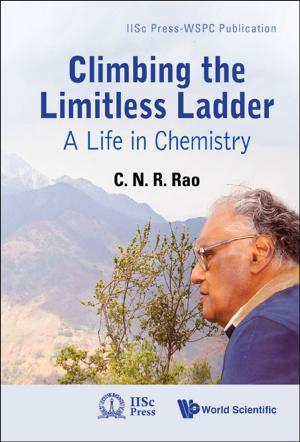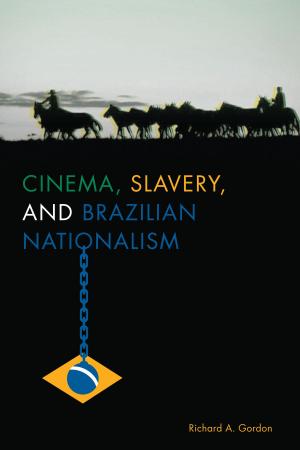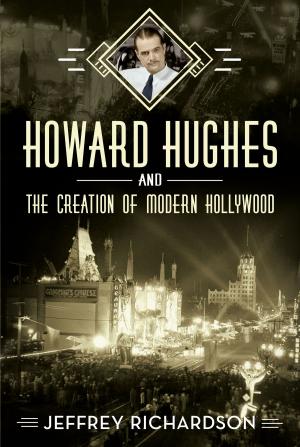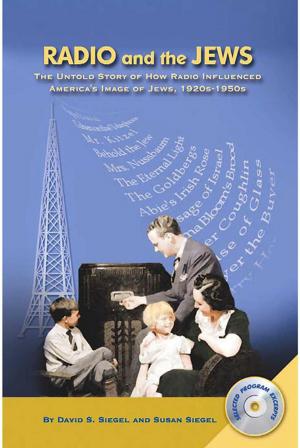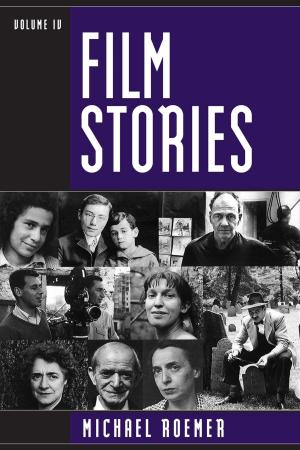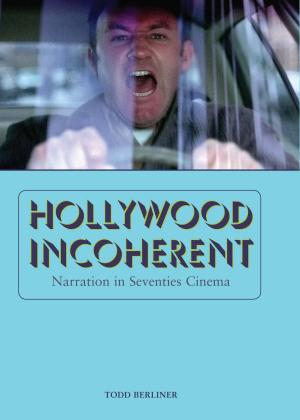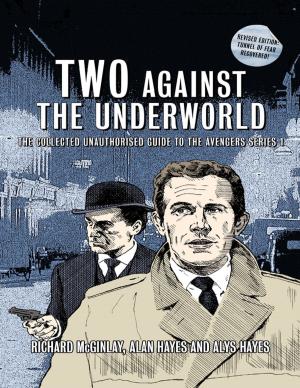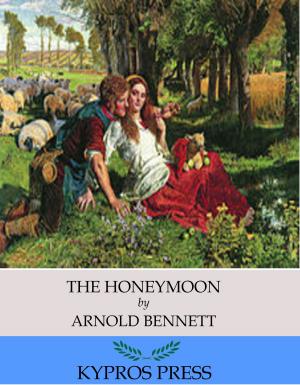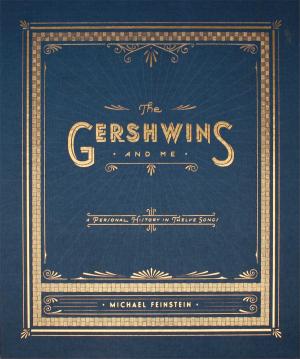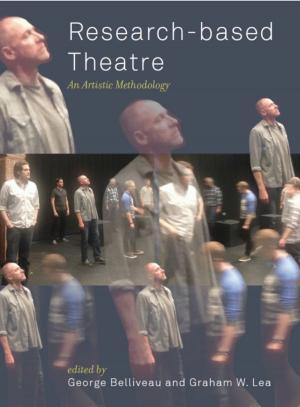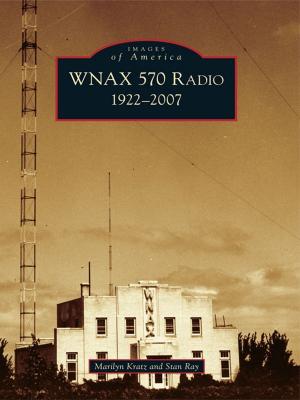Making a Scene
(The Science of Scene Structure)
Nonfiction, Entertainment, Theatre, Playwriting, Film, Screenwriting, Performing Arts| Author: | Wallace Wang | ISBN: | 1230000273085 |
| Publisher: | Wallace Wang | Publication: | October 8, 2014 |
| Imprint: | Language: | English |
| Author: | Wallace Wang |
| ISBN: | 1230000273085 |
| Publisher: | Wallace Wang |
| Publication: | October 8, 2014 |
| Imprint: | |
| Language: | English |
Everyone can come up with a great idea for a story. That’s easy. The hard part is turning a great idea into a great story.
In the movie world, Hollywood often tries to turn great ideas into great stories by relying on A-list stars and directors, expensive computer-generated special effects, and plenty of gunfire and explosions with hints of sex thrown in. While all this can attract an audience’s attention, it can’t turn a great idea into a great story all by itself. Just witness the constant string of expensive flops that litter the Hollywood landscape.
If hiring the hottest actors or directors doesn’t guarantee a great story, and spending money on outrageous stunts and special effects won’t turn a great idea into a great story, then what’s the answer?
The answer lies in making every moment count. From start to finish, every second has to entice, captivate, and seduce the audience into forgetting that they’re sitting in a theater seat. Every moment must transport the audience into another world so they no longer feel as if they’re watching a movie but feel as if they’re experiencing the same emotions as the characters they see on the screen.
To do that, it all boils down to writing great scenes one after another.
A scene acts as the basic building block of story-telling. Tell just one weak scene and your entire story risks falling apart. Watch great movies like “Star Wars,” “Casablanca,” “The Shawshank Redemption,” and “Titanic” and there isn’t a single scene that distracts from the story. Instead, each scene pulls you along from start to finish, holding your attention and sending you on an emotional roller coaster. By the end of the movie, you may not even realize how many scenes you’ve seen. All you know is that you’ve experienced an emotional rush without even realizing how much time has gone by. You probably can’t even remember all the scenes you just watched, but you do know how they all made you feel.
To create a great story, you need to write great scenes. It’s as simple as that.
Of course, you first need to come up with a great idea. A great idea gives your story a destination. Until you know where your story will go, you won’t know which scenes you need to make it work.
After you have a great idea, then you can focus on writing great scenes. Scenes aren’t isolated entities but mini-stories that connect to each other. One scene sets up the pay off in a later scene. When scenes aren’t connected, the story feels disjointed. When scenes are connected, the story flows effortlessly.
So making sure you have a great idea is just the first step to writing a great story. The second step is to execute that story idea through compelling scenes that pull us through the entire story from start to finish.
Look at the difference between the original “Star Wars” and the far weaker “The Phantom Menace.” In “Star Wars,” each scene is interesting in itself and sets up future scenes. In “The Phantom Menace,” each scene is boring and often disconnected from future scenes to the point where “The Phantom Menace” is simply not a good movie.
You don’t want to have a great idea and turn it into a boring story. To turn a great idea into a great story, you need to know how to structure scenes, and that’s what this book is all about.
Everyone can come up with a great idea for a story. That’s easy. The hard part is turning a great idea into a great story.
In the movie world, Hollywood often tries to turn great ideas into great stories by relying on A-list stars and directors, expensive computer-generated special effects, and plenty of gunfire and explosions with hints of sex thrown in. While all this can attract an audience’s attention, it can’t turn a great idea into a great story all by itself. Just witness the constant string of expensive flops that litter the Hollywood landscape.
If hiring the hottest actors or directors doesn’t guarantee a great story, and spending money on outrageous stunts and special effects won’t turn a great idea into a great story, then what’s the answer?
The answer lies in making every moment count. From start to finish, every second has to entice, captivate, and seduce the audience into forgetting that they’re sitting in a theater seat. Every moment must transport the audience into another world so they no longer feel as if they’re watching a movie but feel as if they’re experiencing the same emotions as the characters they see on the screen.
To do that, it all boils down to writing great scenes one after another.
A scene acts as the basic building block of story-telling. Tell just one weak scene and your entire story risks falling apart. Watch great movies like “Star Wars,” “Casablanca,” “The Shawshank Redemption,” and “Titanic” and there isn’t a single scene that distracts from the story. Instead, each scene pulls you along from start to finish, holding your attention and sending you on an emotional roller coaster. By the end of the movie, you may not even realize how many scenes you’ve seen. All you know is that you’ve experienced an emotional rush without even realizing how much time has gone by. You probably can’t even remember all the scenes you just watched, but you do know how they all made you feel.
To create a great story, you need to write great scenes. It’s as simple as that.
Of course, you first need to come up with a great idea. A great idea gives your story a destination. Until you know where your story will go, you won’t know which scenes you need to make it work.
After you have a great idea, then you can focus on writing great scenes. Scenes aren’t isolated entities but mini-stories that connect to each other. One scene sets up the pay off in a later scene. When scenes aren’t connected, the story feels disjointed. When scenes are connected, the story flows effortlessly.
So making sure you have a great idea is just the first step to writing a great story. The second step is to execute that story idea through compelling scenes that pull us through the entire story from start to finish.
Look at the difference between the original “Star Wars” and the far weaker “The Phantom Menace.” In “Star Wars,” each scene is interesting in itself and sets up future scenes. In “The Phantom Menace,” each scene is boring and often disconnected from future scenes to the point where “The Phantom Menace” is simply not a good movie.
You don’t want to have a great idea and turn it into a boring story. To turn a great idea into a great story, you need to know how to structure scenes, and that’s what this book is all about.
